I love Venice. It’s a truly fantastic place. I’m also a big fan of Lovejoy. And not in an ironic, “it’s so bad, it’s good” kind of way. I genuinely think it’s a great programme. I’d much rather settle down to watch a couple episodes of Lovejoy of an evening, than, say, Killing Eve. And if you’re reading this I’m certain you agree.
One of the best – if not the best – episodes of Lovejoy was actually set in Venice. So obviously I can’t think of many things that would be better than being able to follow in Lovejoy’s cowboy-booted footsteps around the City of Water. And now, thanks to me spending way to long poring over the Lovejoy DVD box-set and Google Street View, you can.
The Lovejoy in question here is of course the “roguish” antiques dealer from the eponymous BBC drama series of the ’80s and ’90s, played by Ian McShane. The finale of the first series, aired in March 1986, was a two-part episode called Death And Venice, shot partly on location in the Italian city and partly in Lovejoy’s familiar territory of East Anglia.  Of the regular cast, only Ian McShane was actually allowed to go abroad – the rest of the team was stuck back in Britain as he swanned around Venice, sipping espressos and admiring the art and architecture. His real-life wife, who had a part in this episode, did get to travel, funnily enough, as did a host of other actors, including Haydn Gwynne (of Drop The Dead Donkey fame), Fulton Mackay (Mr Mackay in Porridge) and Steven Pacey (best known for his role in Blake’s 7).
Of the regular cast, only Ian McShane was actually allowed to go abroad – the rest of the team was stuck back in Britain as he swanned around Venice, sipping espressos and admiring the art and architecture. His real-life wife, who had a part in this episode, did get to travel, funnily enough, as did a host of other actors, including Haydn Gwynne (of Drop The Dead Donkey fame), Fulton Mackay (Mr Mackay in Porridge) and Steven Pacey (best known for his role in Blake’s 7).
As you’ll see from the map below (Oh yes, I’ve done a map. And it’s got mullet numbers), most of the filming locations are fairly close to each other, clustered around the main tourist area of the city. Although a couple of random scenes were shot at the opposite end of the city, for no obvious reason. Judging by the overcast weather and the fact that St Mark’s Square is under about a foot of water, it looks like the shoot took place either in the early spring or autumn of 1985.
Coincidentally I had been in Venice on a school excursion in the summer of that year. Here’s a terrible picture I took of the Clock Tower in St Mark’s Square, the very spot where a few weeks earlier – or later – Lovejoy himself stood.
 Incidentally, in a further incredible coincidence, the very first episode of the series was broadcast in the UK on my 14th birthday. Spooky, eh?
Incidentally, in a further incredible coincidence, the very first episode of the series was broadcast in the UK on my 14th birthday. Spooky, eh?
Anyway, I digress. What the ruddy hell was Lovejoy doing in Venice in the first place? Well, in common with most Lovejoy adventures, it’s complicated, but here’s a brief explainer.
THE “PLOT”
Venice is sinking, and Suffolk-based, wheelchair-bound, multi-millionaire, art-loving lunatic Mr Pinder (played by one-time Oscar nominee Alexander Knox) wants to save its greatest artworks before they are lost forever to the inexorable rise of the water levels. It’s a worthy ambition, but how does he actually hope to achieve this act of art altruism? Well, that’s easy. He and his syndicate intend to “remove” (ie steal) ALL of the city’s greatest treasures, recruit an army of expert forgers and have them replace every single piece with “the very best reproduction that money can buy”. Simple. And of course, of course, Pinder wants Lovejoy on his team.
Now, this plan might sound quite straightforward (actually, it doesn’t sound even remotely straightforward, but bear with me), however there’s a complication. And regular viewers will not be surprised to learn it takes the form of a beautiful, blonde woman. Lovejoy suspects Pinder’s granddaughter Caterina (played by Ian McShane’s real-life wife Gwen Humble, fact fans) of being involved in bumping off his pal Campie. Then soon after he tells her he doesn’t want to get involved, someone tampers with the brakes on his Volvo estate, causing it to flip into a field. Rather than going to the police with this important information and letting them investigate, Lovejoy, somewhat surprisingly, decides that the best course of action is to sign up to Pinder’s hairbrained scheme after all, and go to Venice.
THE LOCATIONS
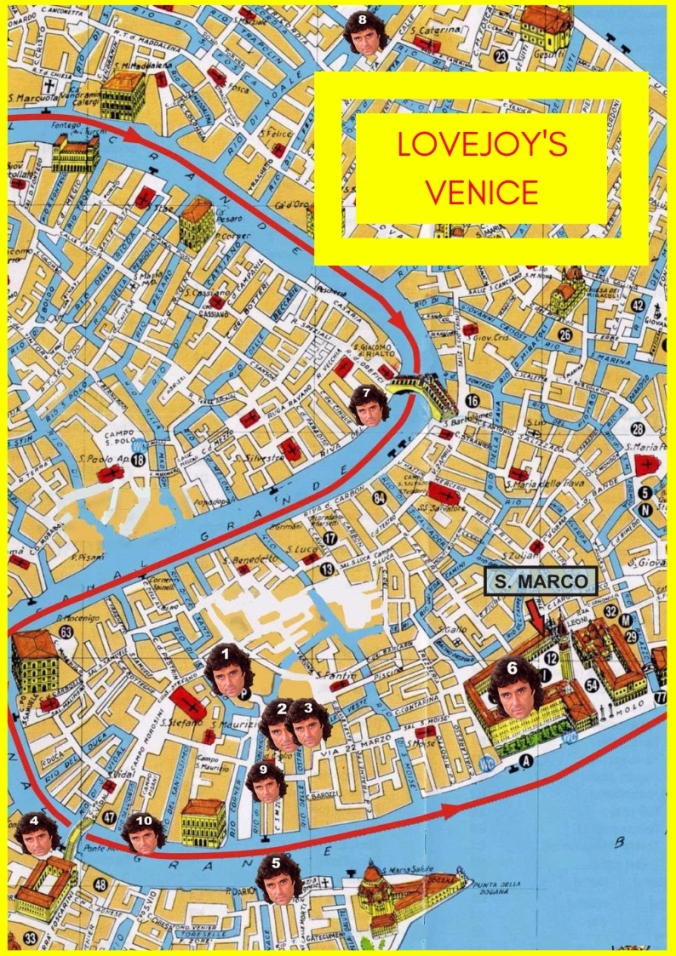
The mullet numbers correspond with the numbers in the locations below
MARCO POLO AIRPORT (OFF-MAP)
And that’s basically why Lovejoy finds himself wandering out of the terminal building at Marco Polo airport, carrying a tiny, battered leather suitcase, and heading to the water taxi rank. Here he bumps into a local tour operator called Cosima (Gwynne), who offers him a lift into Venice.
CAMPO SANT’ANZOLO (1)
After a bumpy water taxi trip into town, Lovejoy and Cosima arrive in Venice, specifically the Campo Sant’Anzolo, also known as Campo Sant’Angelo. One of the many squares in the city, this is a relatively quiet spot compared to hotspots like San Marco square (there’s more pigeons than tourists), which probably explains why they filmed quite a bit of the episodes round here. The scene ends with Lovejoy and Cosima walking across the square together, before heading off in different directions; Lovejoy to his hotel and Cosima to the office where she works.
CAMPIELLO DEI CALLEGHERI (2)
Next on screen is Campiello Dei Callegheri, a small, undistinguished square with a well in its centre. Offscreen, Lovejoy has walked about two minutes from the larger plaza, along Calle Caotorto, across a bridge over the Rio De La Verona and through a narrow, claustrophobic alley called Fondamenta Fenice. The passageway opens out into the square, where Lovejoy passes an old stone fountain and heads towards a set of stairs leading to a small bridge, in the top left-hand corner.
PONTE STORTO (3)
Lovejoy crosses the bridge (Ponte Storto) and arrives at his lodgings – it doesn’t have a name, just a blue canopy above the door with the word “Hotel” crudely printed on it. It appears to have been created by the production team, as in real life this building is not actually a hotel and doesn’t look as if it ever has been. In fact, to be perfectly honest if you turned up for a city break and this grim looking place was to be your home for the next few nights, you’d be firing off a complaint to bookings.com quick-smart and preparing a one-star Trip Advisor review. But this is the hotel that ace travel agent Cosima recommends and Lovejoy seems happy enough.
PALAZZO SALVIATI (5)
After hitting the tourist trail in the area around the San Marco district – including a moody wander along one of the precarious-looking raised walkways (passerelle) that are installed when the Venice pavements flood – Lovejoy takes to the water again. 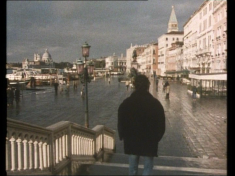 His tour takes him down the Grand Canal and past the Palazzo Salviati – which instantly rings a bell. The building, striking for its mosaic-adorned façade, was built as a shop for the Salviati glassmaking family, producers of Murano ornaments. During World War II the building was taken over by the Nazis who used it as their headquarters. More importantly, from the programme’s point of view, it revealed the location of Pinder’s Venetian palace. During their chat at his Suffolk mansion, Pinder had told Lovejoy that from the Malcontento he had watched “wretched tourists parading in and out of Salviati’s next door”. So now Lovejoy knew where Pinder lived.
His tour takes him down the Grand Canal and past the Palazzo Salviati – which instantly rings a bell. The building, striking for its mosaic-adorned façade, was built as a shop for the Salviati glassmaking family, producers of Murano ornaments. During World War II the building was taken over by the Nazis who used it as their headquarters. More importantly, from the programme’s point of view, it revealed the location of Pinder’s Venetian palace. During their chat at his Suffolk mansion, Pinder had told Lovejoy that from the Malcontento he had watched “wretched tourists parading in and out of Salviati’s next door”. So now Lovejoy knew where Pinder lived.
ACCADEMIA VAPORETTO STOP (4)
Night falls, and armed with a folded-up map – no Google maps in those days – Lovejoy goes exploring. At the Accademia vaporetto stop (it’s on the opposite side of the Grand Canal to his hotel, but we don’t see how he crosses the water), he “borrows” a handily placed rowing boat and paddles out into the Grand Canal in search of the Palazzo Malcontento, not something I’d recommend.
PALAZZO DARIO (5)
In the programme, Pinder’s Venice dwelling is known as Palazzo Malcontento, but all the exterior shots (and possibly the interiors too) were filmed at the Palazzo Dario. Dating back to the 15th Century and located in the Dorsoduro district, sandwiched between the Palazzo Barbaro Wolkoff and Rio delle Torreselle, the house isn’t quite next door to Salviati’s but it’s not far away.
Claude Monet painted the palazzo in 1908 but the 20th Century saw it gain something of a gruesome reputation, with a series of owners meeting grisly ends. Then in 1971, the palazzo was bought for £115,000 by Kit Lambert, record producer and manager of The Who. Purchased with the proceeds of the rock opera Tommy, he lived there for seven years before going bankrupt and flogging the house and its contents for a tidy profit. It’s still privately owned and not usually open to the public, so don’t be tempted to follow Lovejoy’s lead by berthing your boat out front and clambering over the artworks outside to get a glimpse of rich people socialising.
CAMPO SANT’ANZOLO (1)
Next day Lovejoy meets up with Cosimo at the Cosul Tours offices, back in Campo Sant’Anzolo. When I visited Venice last year, the shop used by the production team was empty but in the past it’s been a clothing store and, appropriately, an art gallery. Lovejoy then decides to join up with a group of tourists being taken on a tour by Cosimo after noticing that one of the group was a woman he’d spotted while he was peering through the window at the Palazzo Malcontento (HUGE coincidence).
SAN MARCO SQUARE (6)
After leaving Campo Sant’Anzolo, the tourists turn up in a flooded San Marco Square, where Lovejoy introduces himself to Pinder’s pal Nancy and also meets a couple of loudmouthed Aussies called Keith and Jerry. In the next scene, the group gathers atop the Clock Tower which overlooks the square and on towards the Grand Canal.
MARCONI HOTEL (7)
Ever the “ladeez man”, Lovejoy persuades Nancy to join him for a coffee at the side of the Grand Canal, near the famous Rialto Bridge. It’s not clear from the pictures exactly where they are, but it seems to be outside, what is now, the Marconi Hotel.
ISOLA DI SAN GIACOMO IN PALUDO (OFF-MAP)
The following morning (day 3?) a decidedly ropey looking Lovejoy arrives back at his hotel, having apparently spent the night with Nancy (we last saw them in her room quaffing champagne). The dogged Cosima has left a message for him at reception suggesting that they meet up and visit Torcello Island. Lovejoy goes along with it, but seems less than enthusiastic. Presumably after his night of sexy-time with Nancy he’s a bit worn out and would rather be catching up with some sleep than bobbing around on a vaporetto. Especially when Keith and Jerry turn up on the same ferry (another HUGE coincidence).
During the trip to Torcello, they pass an island in the lagoon, where we learn there had been a munitions factory during the war. Signs on the shore warn of poison… the island’s only current inhabitants are rats. In fact, according to Cosima, the place is known, predictably, as Rat Island. In real life this island is called Isola di San Giacomo in Paludo and like its fictional counterpart, both has a military history and is now abandoned by humans.
TORCELLO ISLAND (OFF-MAP)
Next stop is Torcello, an island at the northern end of the Venetian Lagoon. Its history dates back to the year 452 and at one point had a population of 20,000 and was actually Venice’s original settlement. These days there are fewer than 100 residents, and while it’s a popular tourist attraction in the summer, on cloudy days out of season, it can be an eerily quiet place. Its main attractions these days are the old bell tower and the basilica, which boasts some fine mosaics and a marble chair, said, probably inaccurately, to have been the throne of Atilla the Hun. On screen, the ubiquitous Keith and Jerry ham it up, posing for pictures on the chair (the running ‘joke’ with this pair is that they’re a gay couple, but are also Australian, which is seemingly full of comic possibilities) while Lovejoy and Cosima moon around the grounds of the basilica. By now Lovejoy’s realised all is not what it seems with his tour operator pal, and Cosima eventually admits that she’s been asked to keep an eye on him by her client Miss Norman, Pinder’s granddaughter. Having sorted all that out, the pair start looking for a secluded spot on the island where they can engage in some sexy-time to celebrate. But as they head for the undergrowth, a gunshot rings out, apparently from the bell tower, and Cosima collapses with a bullet wound to her chest…
And that’s how Part 1 of Death And Venice ends. Stay tuned, because I’ll be posting the second half of my guide to Lovejoy’s Venice very soon (ish).





















































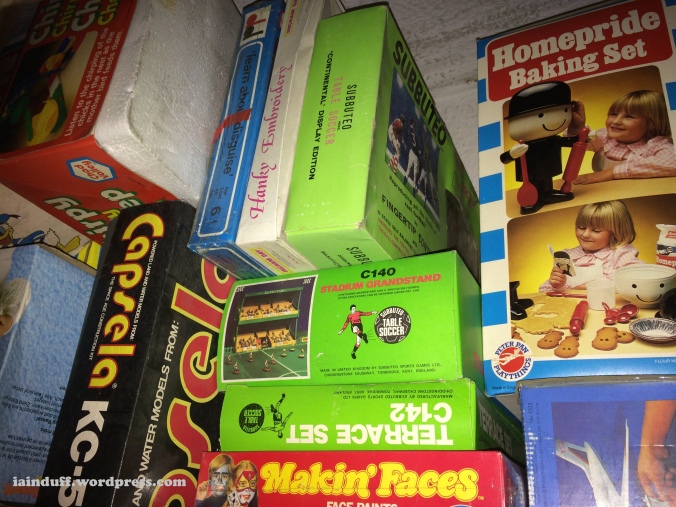
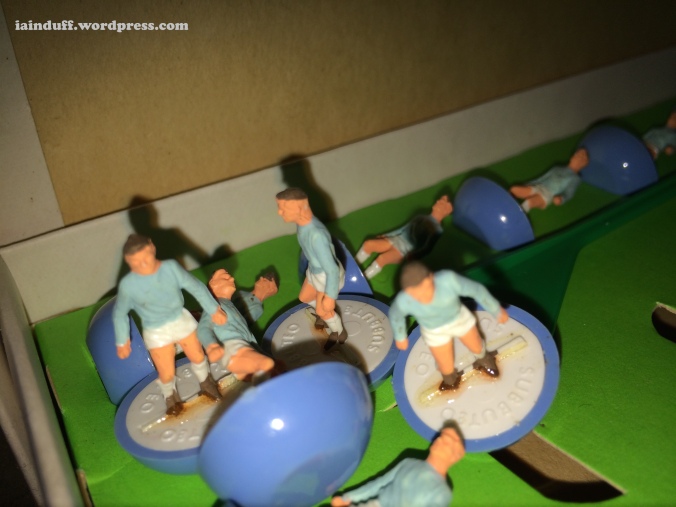
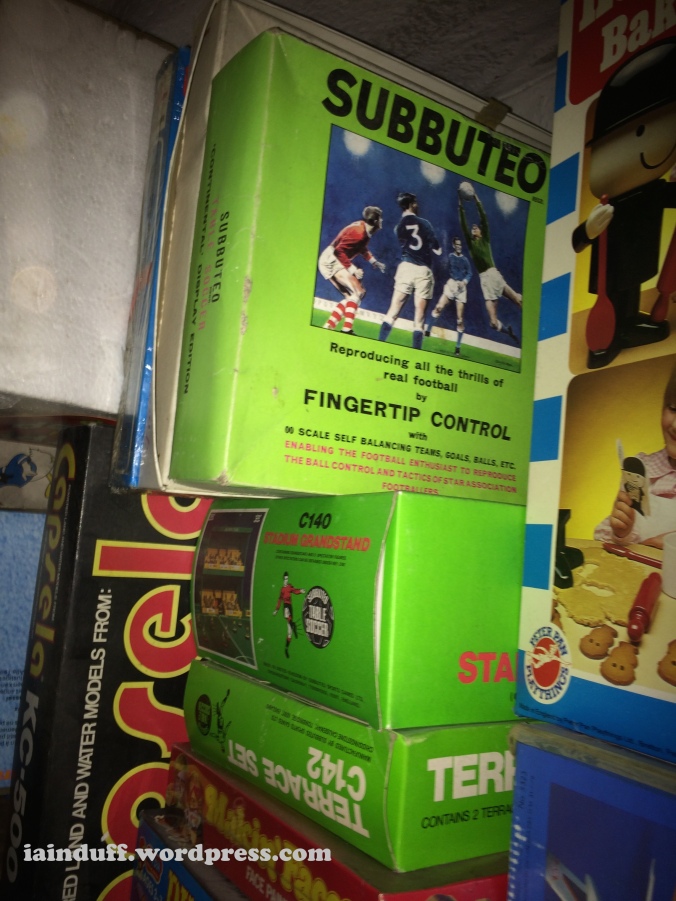




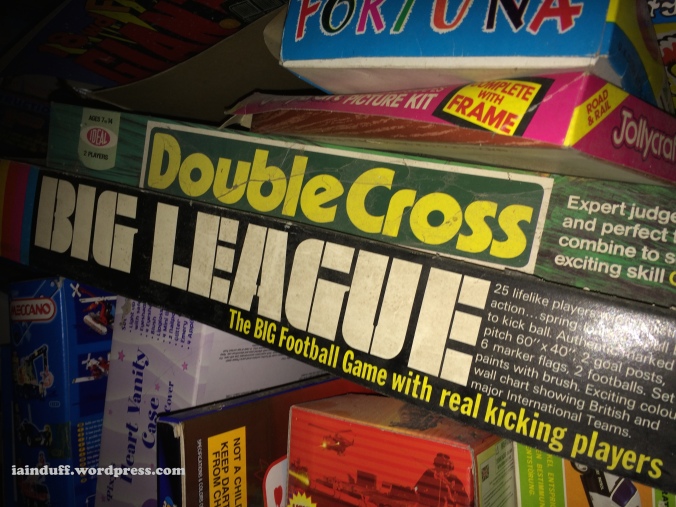

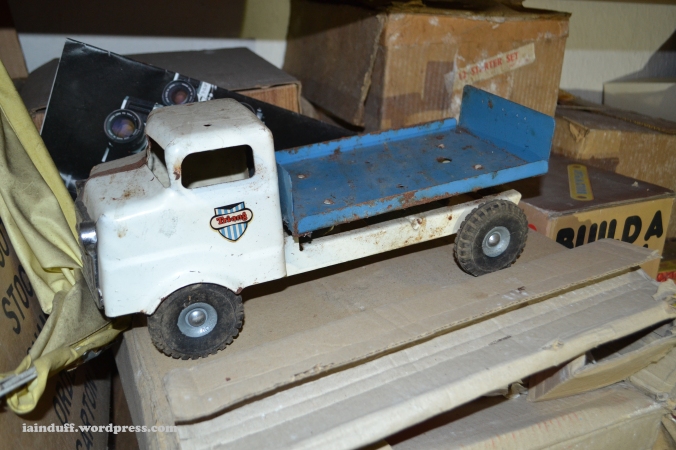
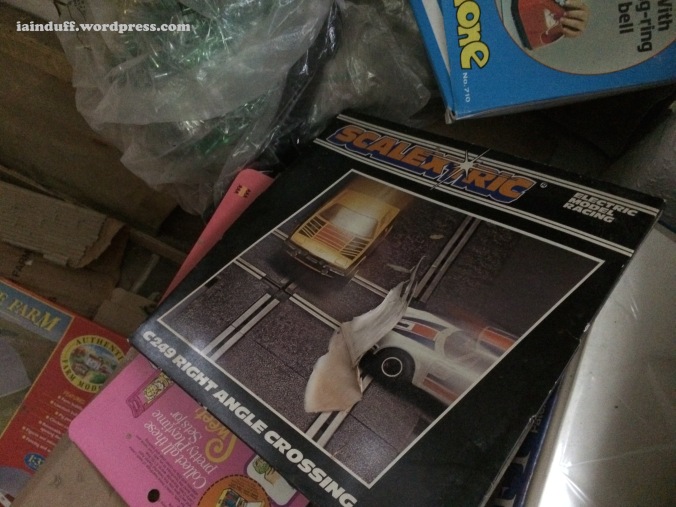
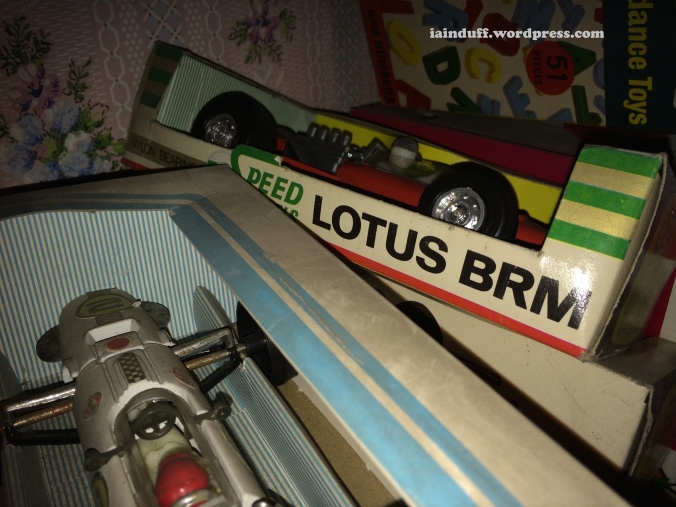

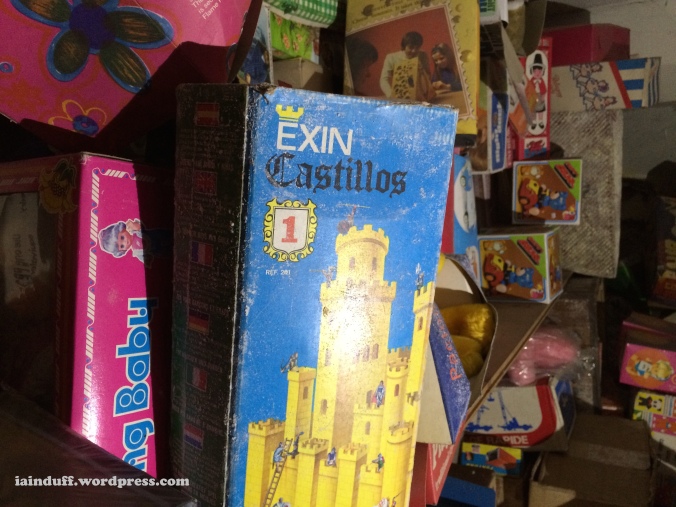


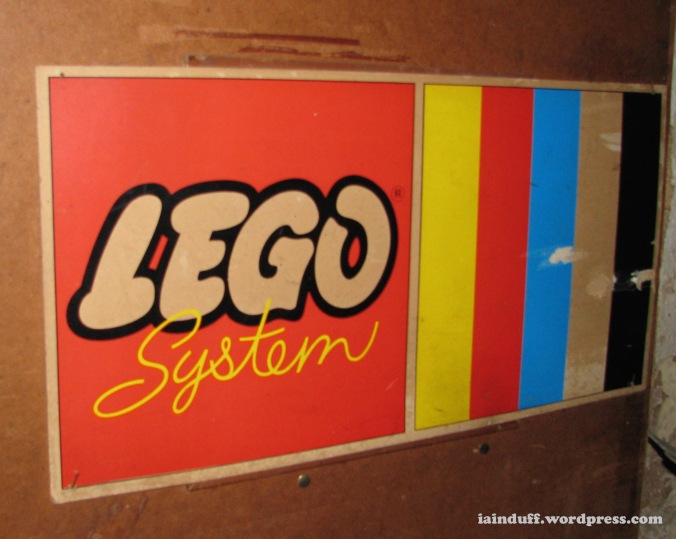

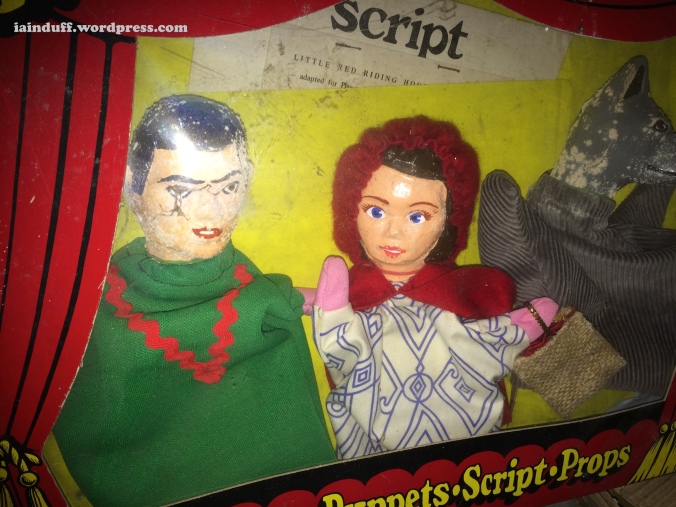
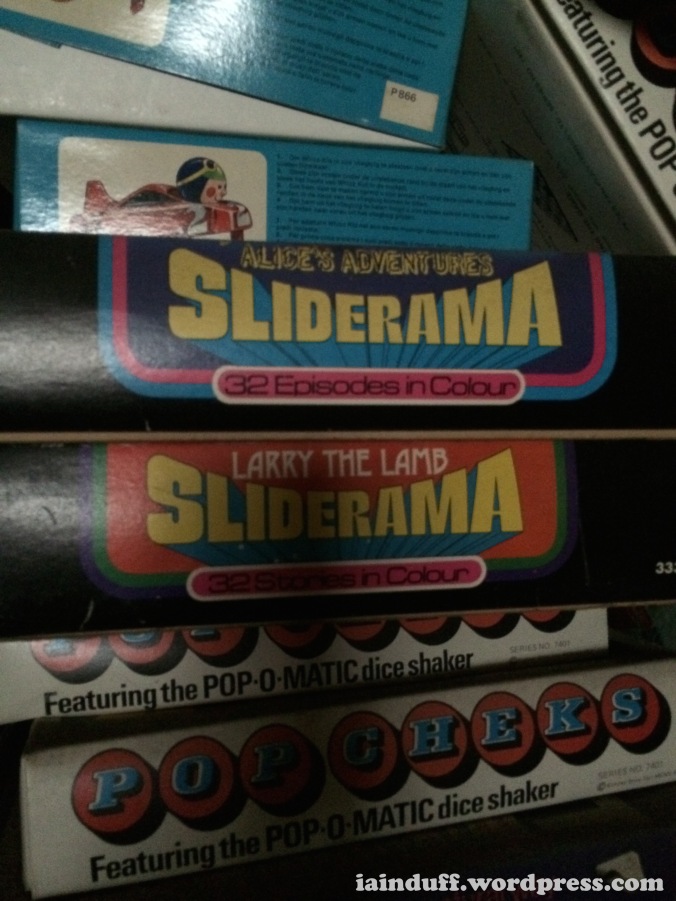





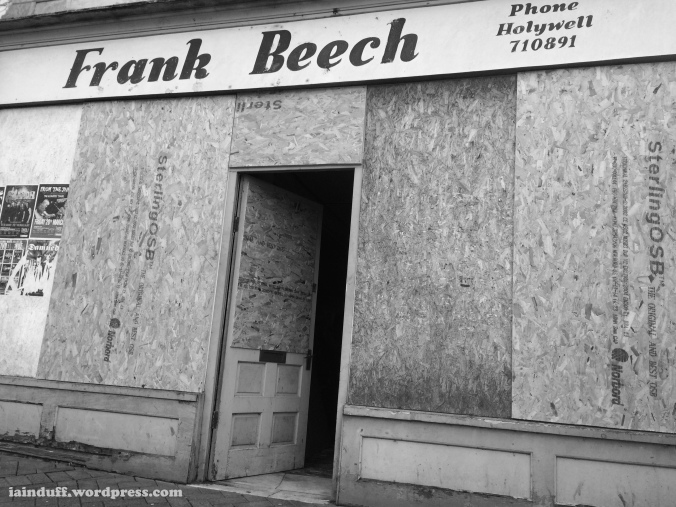

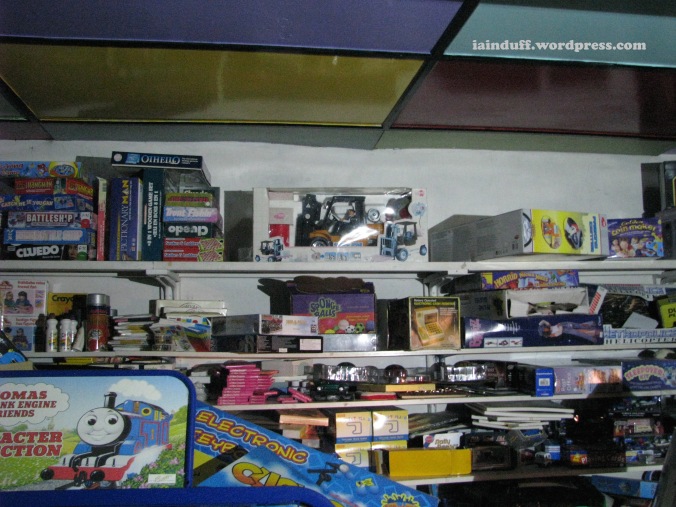


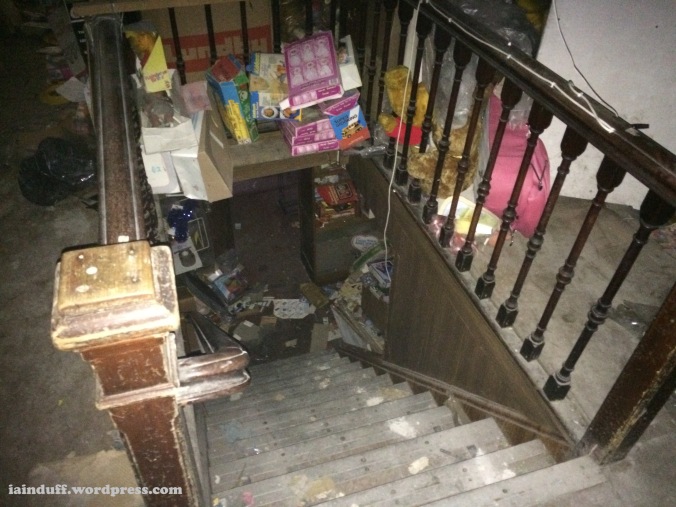
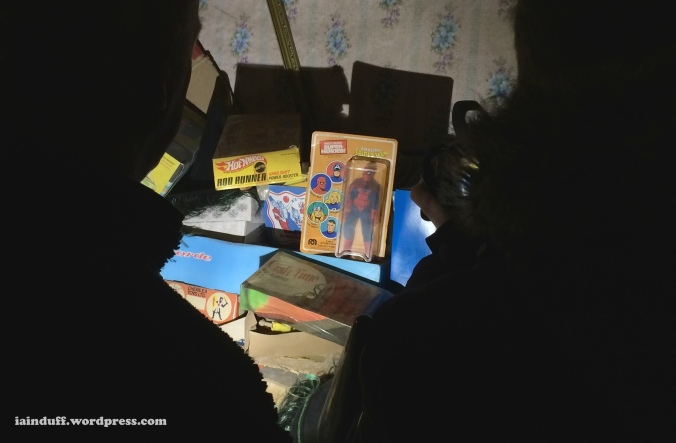

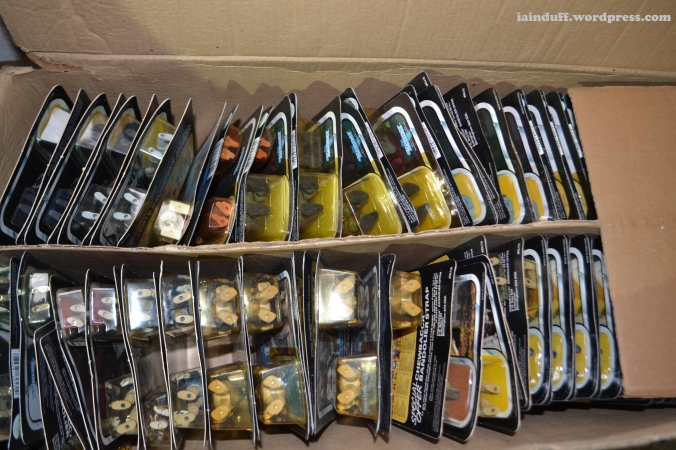

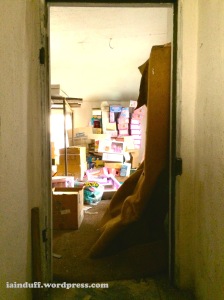


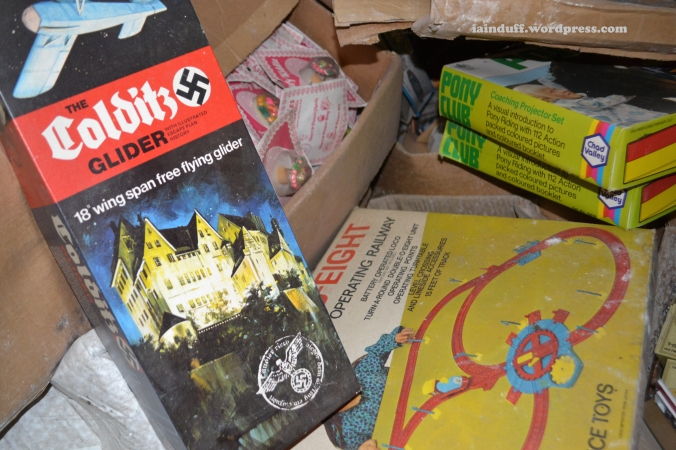
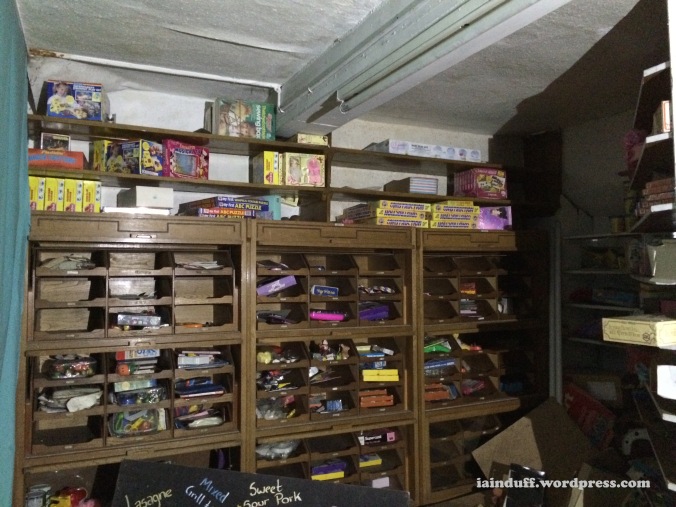



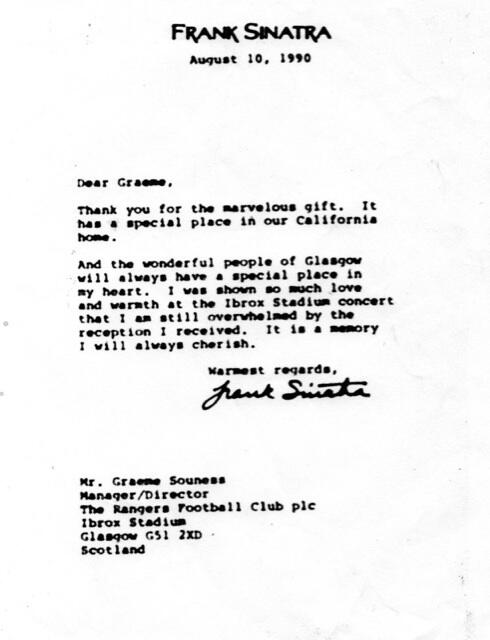

 Just as famous as the players, was the venue. The Crucible Theatre in Sheffield started hosting the World Championship in 1977 and by the mid-eighties it had become synonymous with the sport. Three decades later it remains the spiritual home of snooker. As a British sporting venue, it is up there with St Andrews, Lords, Wimbledon and Wembley in terms of prestige and history. But compared to those grand old locations, it’s an unlikely icon. There are no ivy-clad walls, no 700-year old stone bridge, no giant arch. In fact there’s nothing in the way of grandeur or tradition in its four concrete walls. It looks exactly like what it is: a provincial theatre tucked away in a quiet corner of Sheffield city centre.
Just as famous as the players, was the venue. The Crucible Theatre in Sheffield started hosting the World Championship in 1977 and by the mid-eighties it had become synonymous with the sport. Three decades later it remains the spiritual home of snooker. As a British sporting venue, it is up there with St Andrews, Lords, Wimbledon and Wembley in terms of prestige and history. But compared to those grand old locations, it’s an unlikely icon. There are no ivy-clad walls, no 700-year old stone bridge, no giant arch. In fact there’s nothing in the way of grandeur or tradition in its four concrete walls. It looks exactly like what it is: a provincial theatre tucked away in a quiet corner of Sheffield city centre.



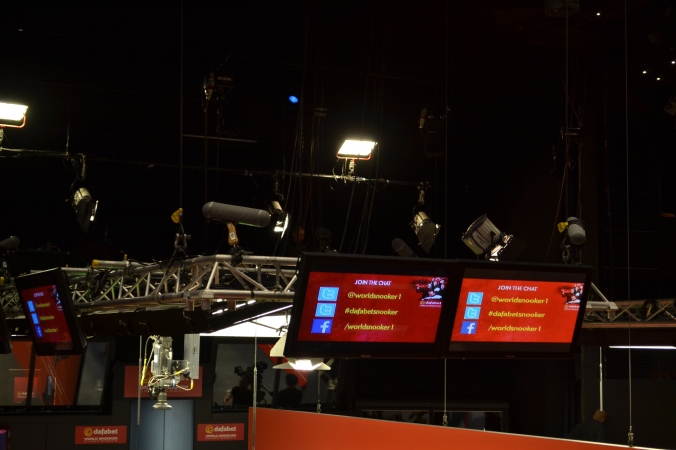
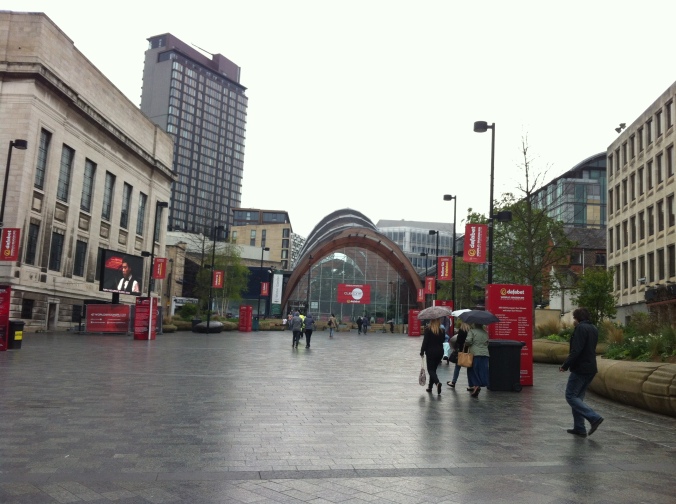
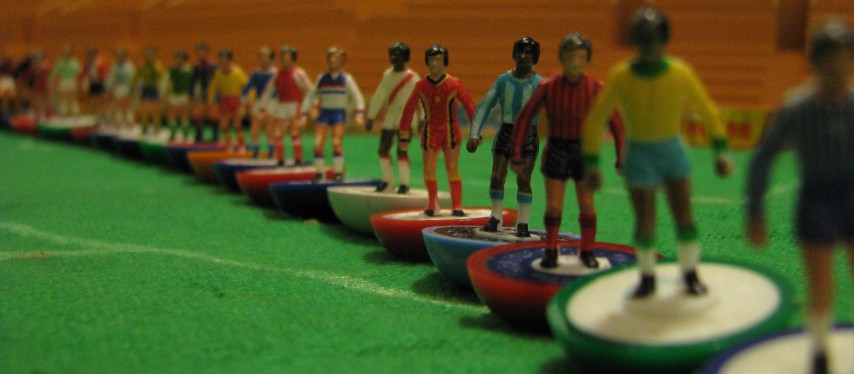


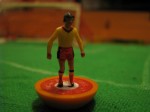
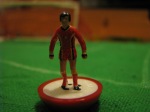




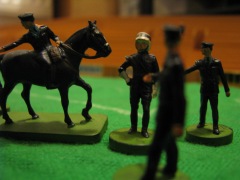


 After a morning touring the city, the King travelled to Ibrox from the city chambers in his royal car, along streets lined by crowds. By the time he arrived, at least three-quarters of the vast bowl was filled. In size, it was the sort of crowd normally only seen at football matches but it differed greatly in make-up. With thousands of men still serving in combat, many of those attending were women, and they dressed for the occasion. Rather than the usual row after row of drab flat caps, the steep Ibrox slopes were filled with colour from brightly-hued hats and dresses. Entrance to the stadium was first come first served and there were huge queues outside Ibrox when the gates were opened two hours before the ceremony was due to start.
After a morning touring the city, the King travelled to Ibrox from the city chambers in his royal car, along streets lined by crowds. By the time he arrived, at least three-quarters of the vast bowl was filled. In size, it was the sort of crowd normally only seen at football matches but it differed greatly in make-up. With thousands of men still serving in combat, many of those attending were women, and they dressed for the occasion. Rather than the usual row after row of drab flat caps, the steep Ibrox slopes were filled with colour from brightly-hued hats and dresses. Entrance to the stadium was first come first served and there were huge queues outside Ibrox when the gates were opened two hours before the ceremony was due to start.

